In the summer of 1919 a young, impressionable German called Felix Wankel had a dream; he drove to a concert in his own handmade car while boasting to friends “My car has a new type of engine: a half-turbine, half-reciprocated engine. I invented it!”
Upon awakening, Wankel was convinced the dream was a premonition and despite having no fundamental knowledge of internal combustion engines, he believed the engine could achieve four strokes – intake, compression, combustion and exhaust – while rotating.
Dream was fast becoming reality. After his first patent in 1929, it wasn’t until after the Second World War that development started, thanks to a deal struck with German motorcycle manufacturer NSU in 1951.
In 1957, Felix Wankel and NSU completed a prototype called the DKM. Fast-forward to July 1961 and Mazda’s President Tsuneji Matsuda instantly recognised the potential of the rotary engine - putting pen-to-paper on a technical cooperation deal with NSU.
In May 1967, Mazda launched the world’s first dual-rotor rotary-engined car – the Cosmo Sport. With each rotor displacing 491cc for a total of 982cc, the Type 10A motor produced 110bhp at 7000rpm and 96lb ft of torque at 3500rpm, enabling the Cosmo Sport to dispatch the quarter-mile in 16.4sec and romp on to a top speed of 115mph.
After starting mass production of the Type 10A dual-rotor motor with the Cosmo Sport, Mazda began to expand beyond the limited sports car market in 1968. That year, the Model R100 two-door coupé was launched in Japan. The first Mazda model to be exported to the United States in 1971, it proved to be a surprising hit with the American public.
In 1969, Mazda was seemingly growing in confidence and took a punt, launching its first Luce model with a rotary unit – the Luce R130 coupé Penned by legendary designer Giorgetto Giugiaro, it was equipped with a 1.3-litre 13A engine producing 126bhp and 127lb ft of torque. With this model being Mazda’s only front-wheel-drive rotary, the Luce R130 is now seen as an ultra-rare collector’s car.
In 1971, the Mazda RX-3 arrived. Available in coupé or four-door saloon form and following in the footsteps of the Cosmo Sport, the RX-3 proved to be a precocious performer, with power still supplied by the 982cc (2x 491cc) 10A motor. Zero to 60mph was dispatched in 10.8sec and the quarter-mile mark passed in 17.6sec. Of all the pre-RX-7 rotary cars Mazda built, the RX-3 was comfortably the most popular and was a success right up to its demise in 1978.
The sporty-looking Mazda RX-7 arrived shortly after. The Series 1 RX-7 featured a two-rotor 573cc (total 1146cc) 12A engine, putting out 105bhp at a lowly 4000rpm and 105lb ft at 4000rpm. Come 1984, the RX-7 was upgraded to a more potent 13B 1.3-litre rotary lump – with power up to 135bhp and torque increasing to 135lb ft.

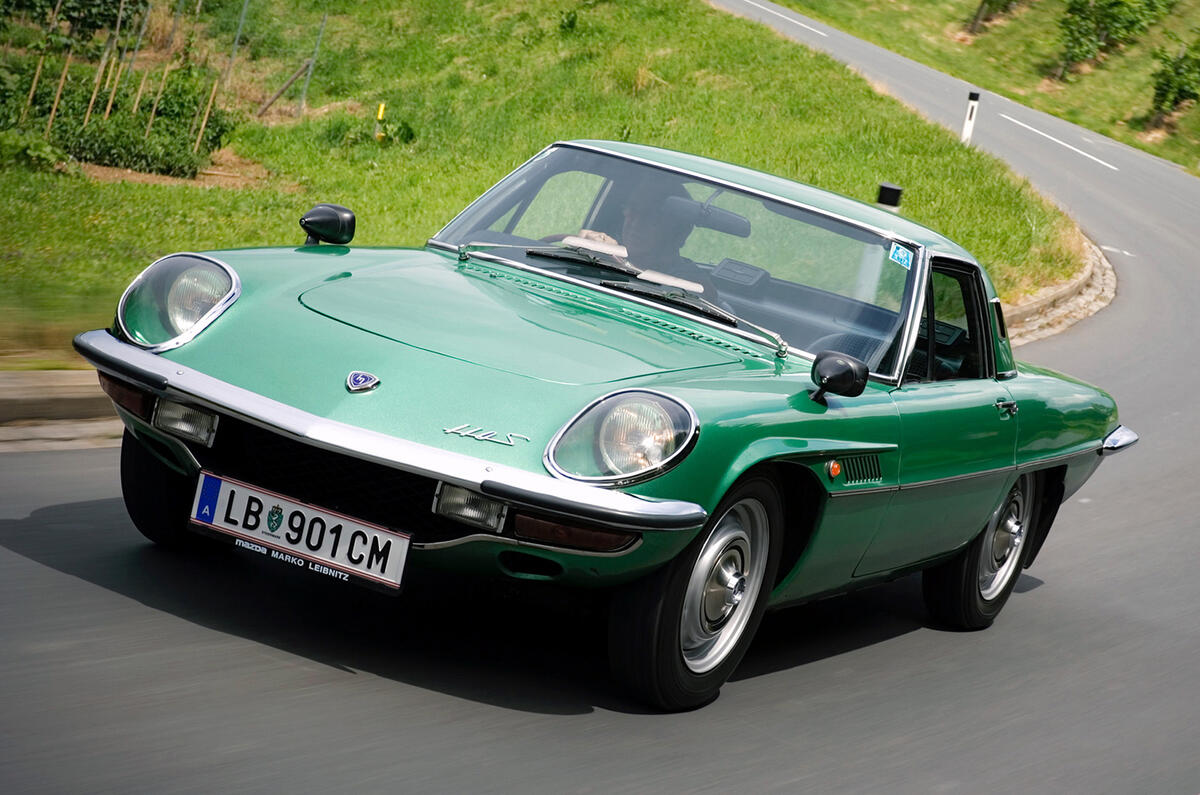
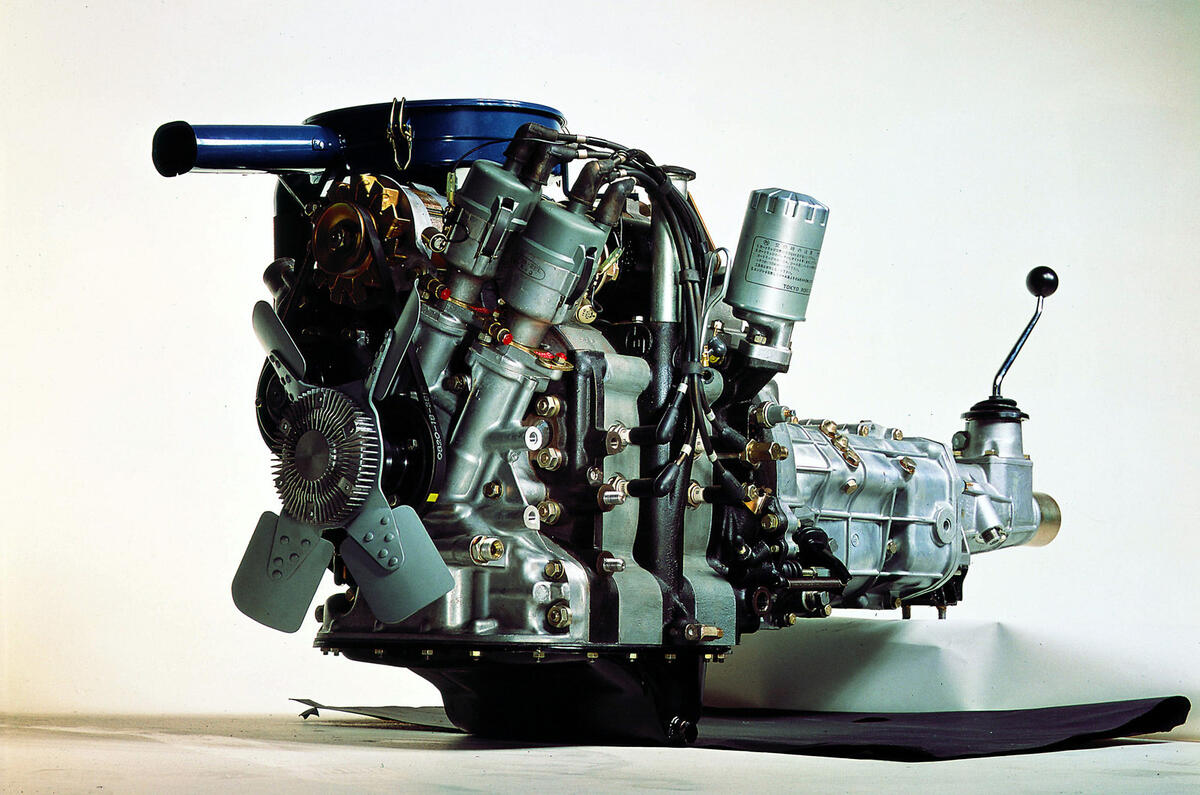

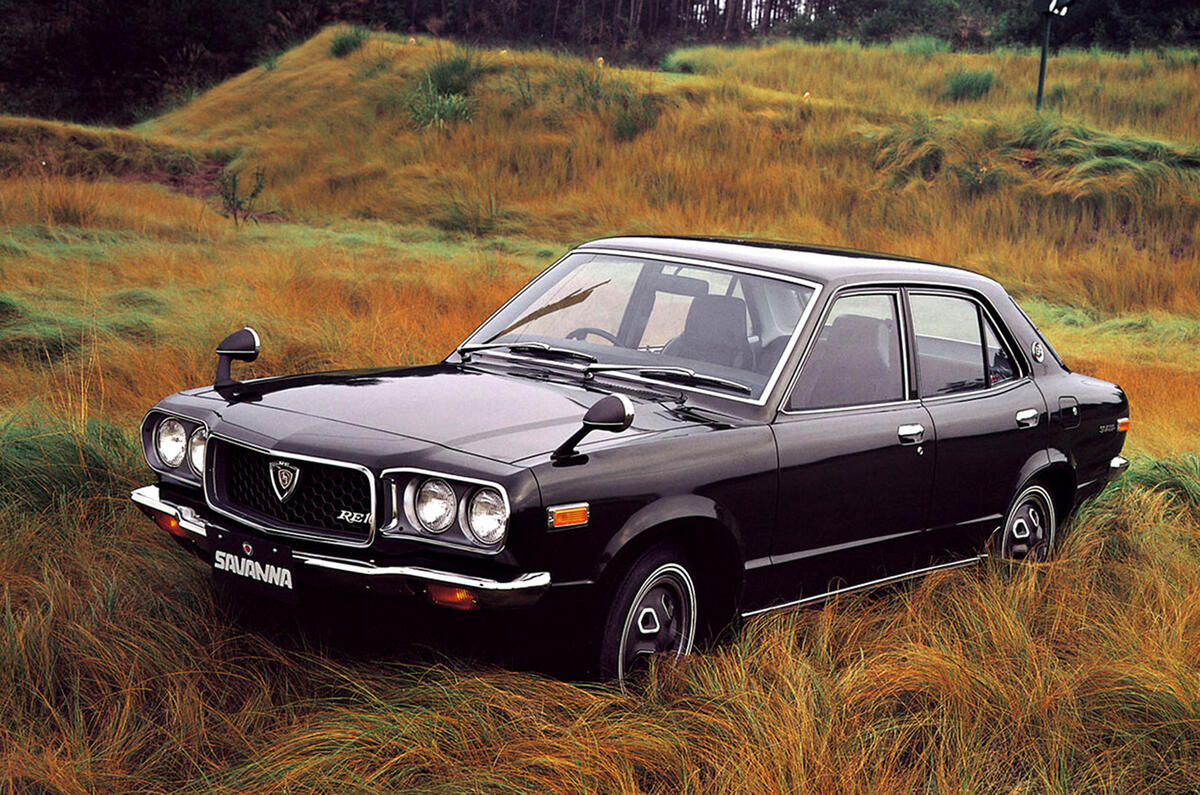

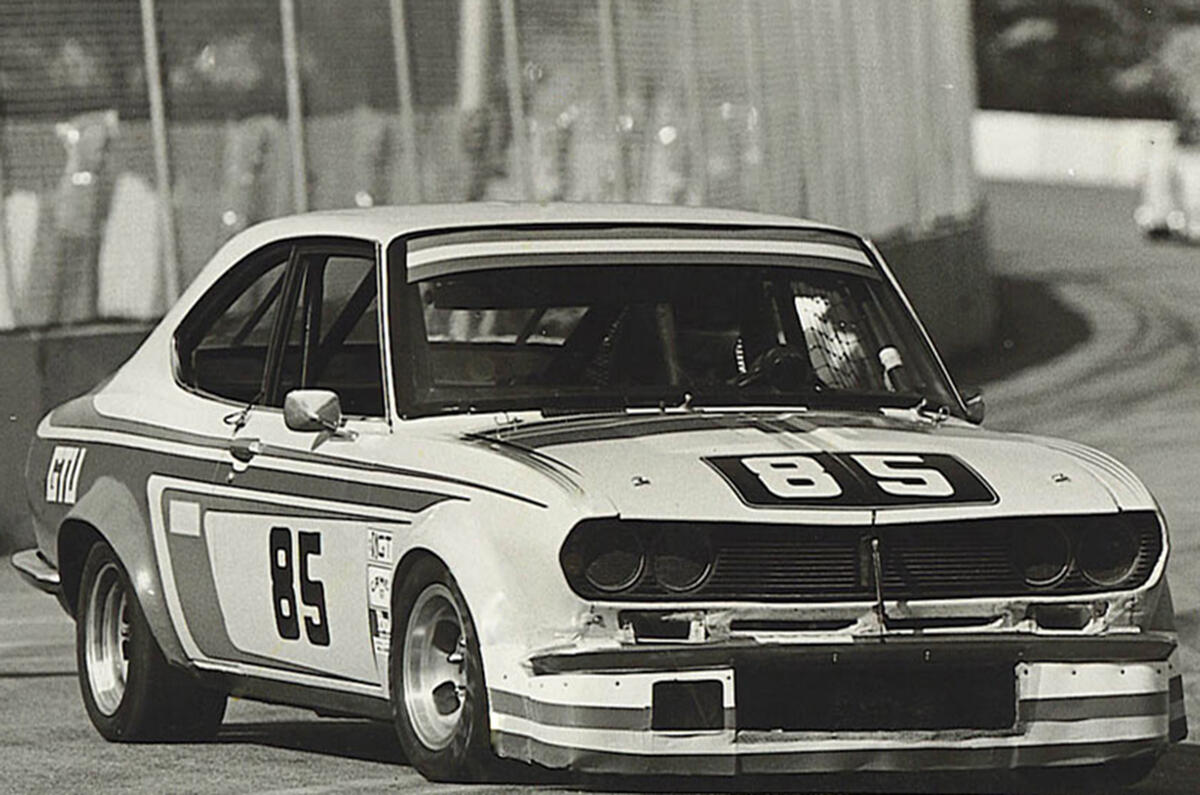
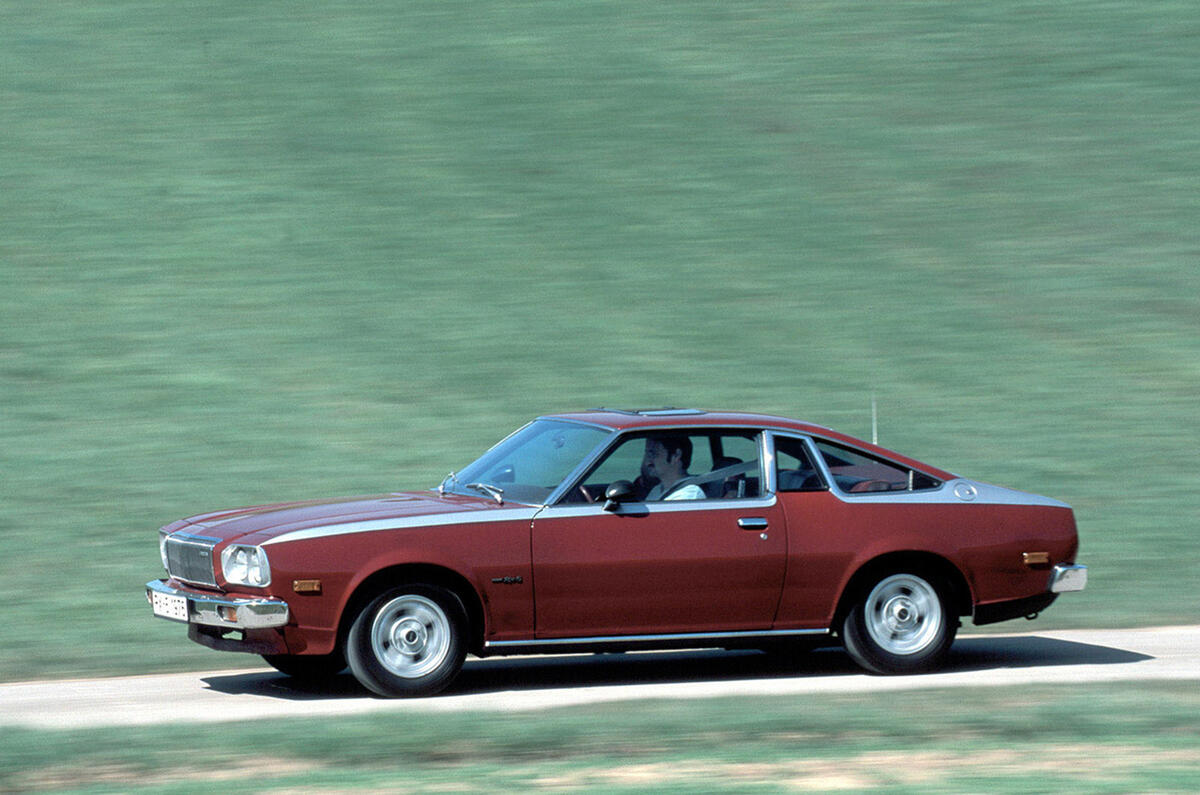
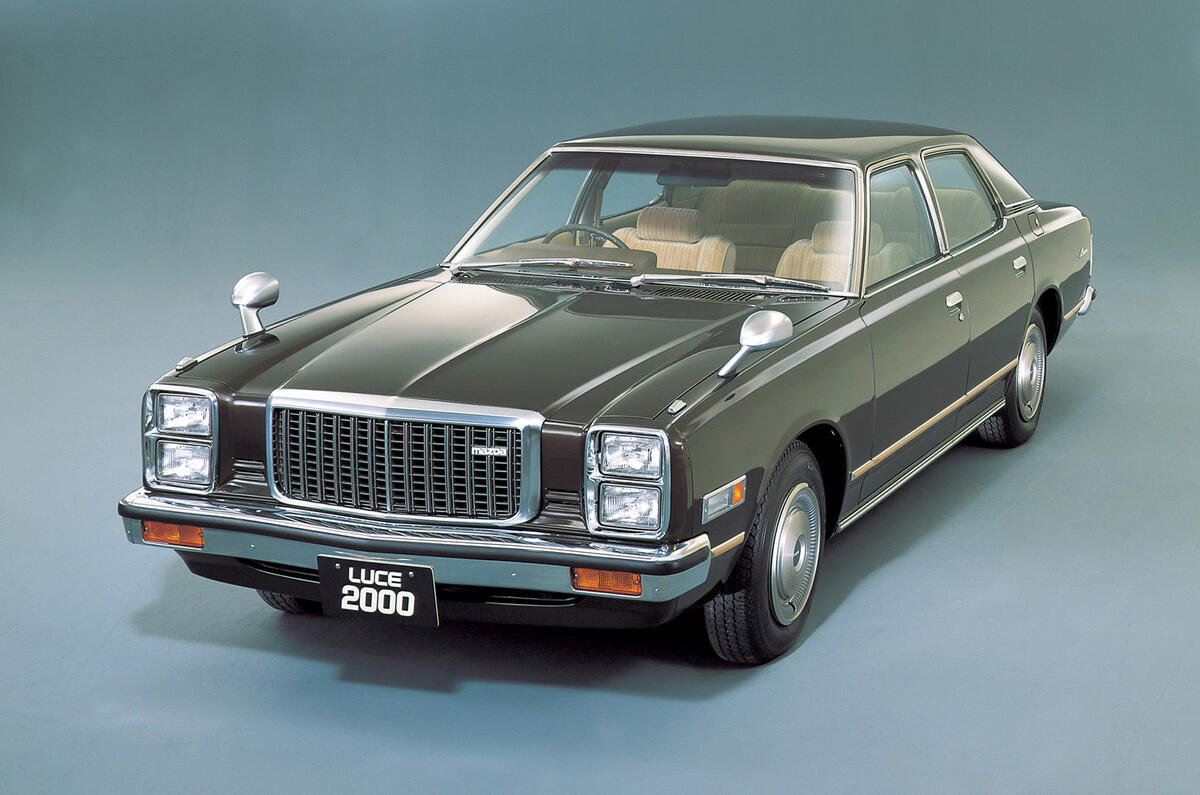
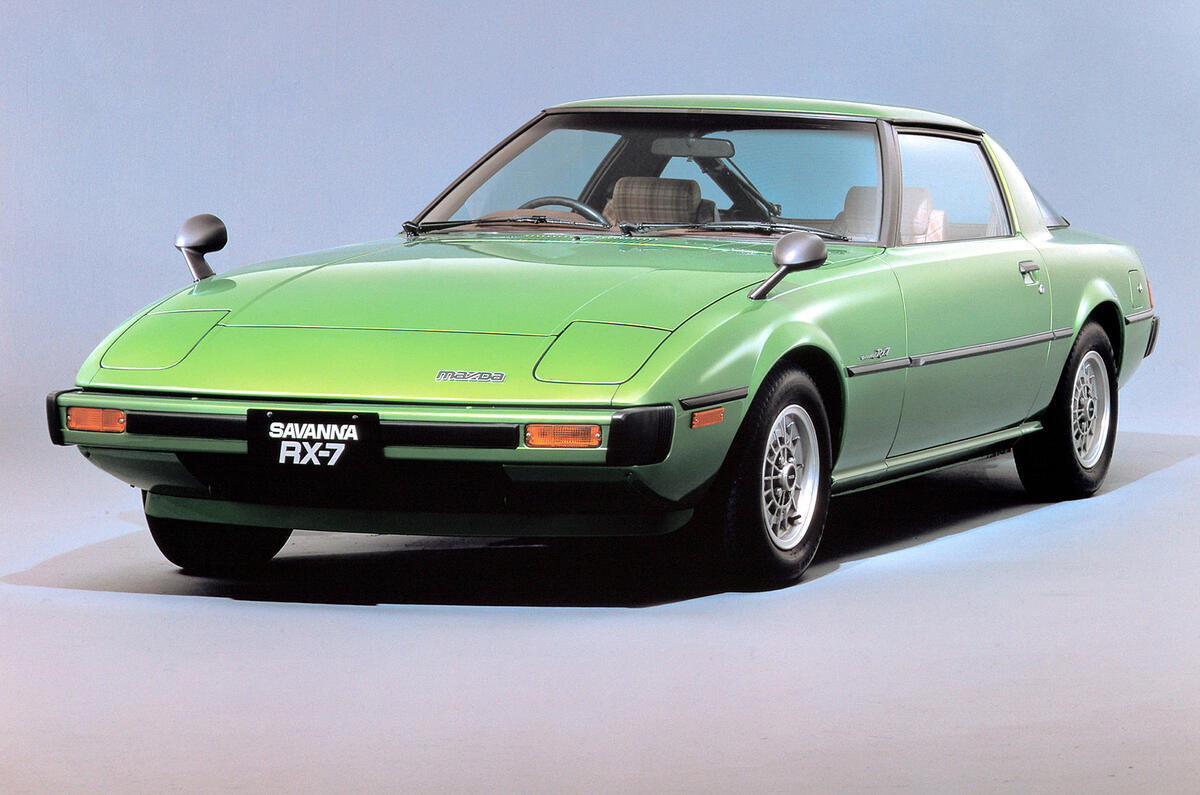

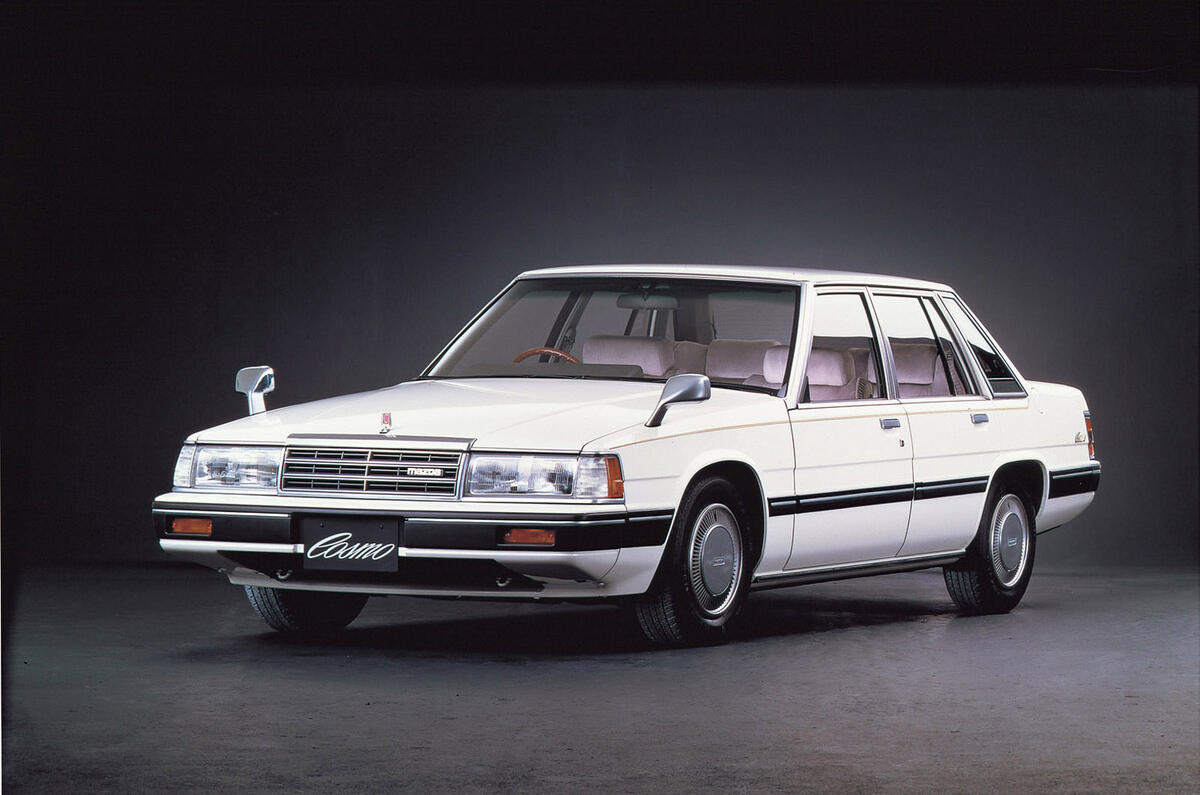
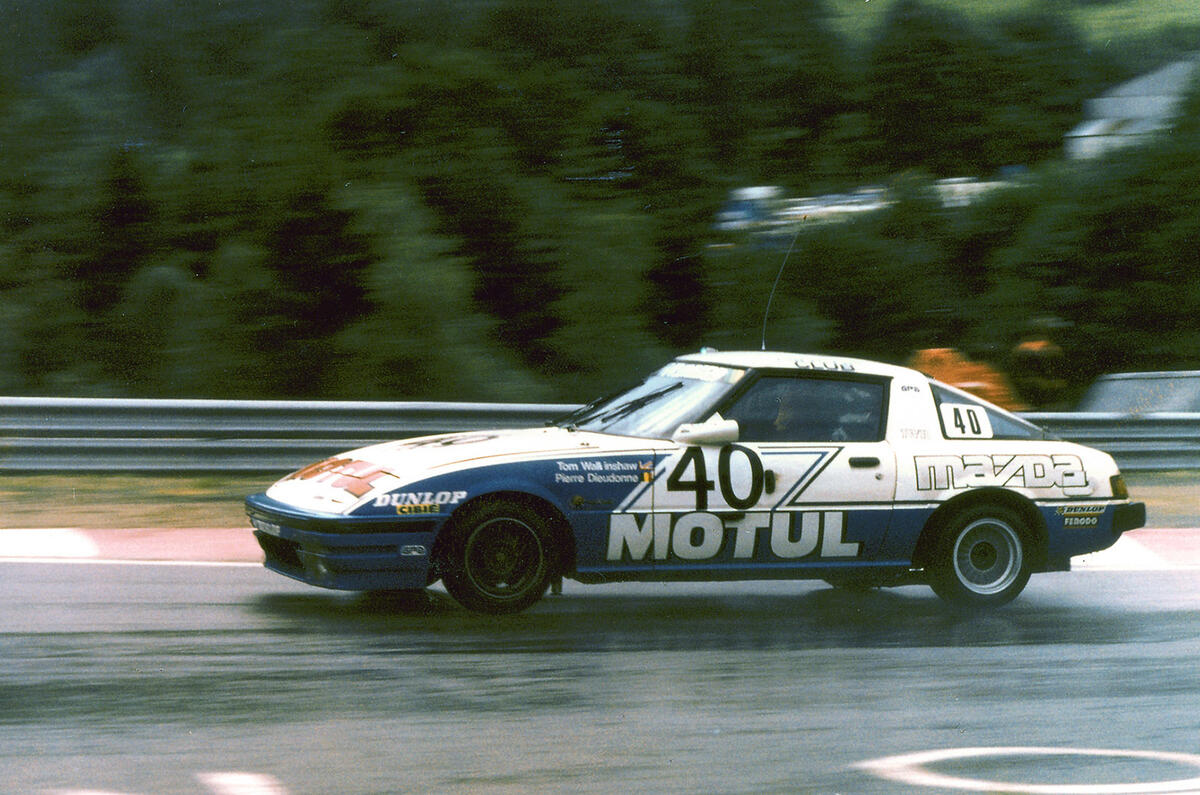
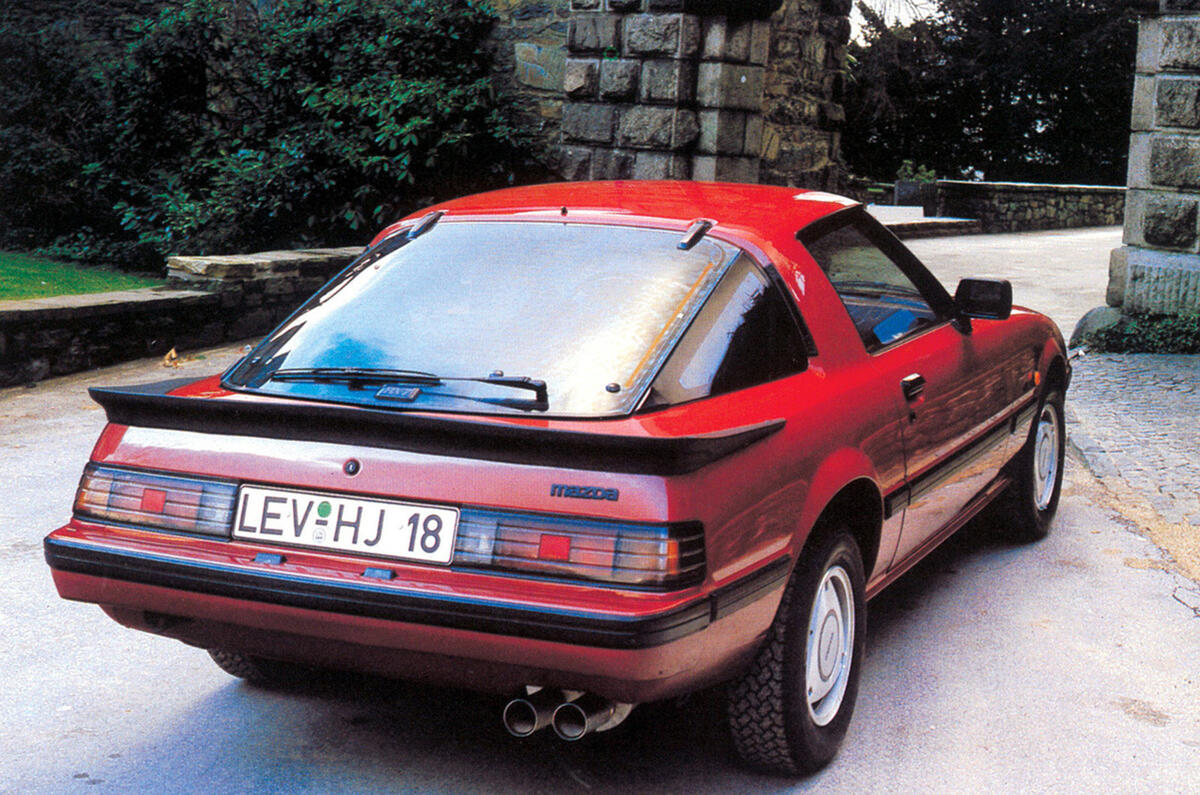
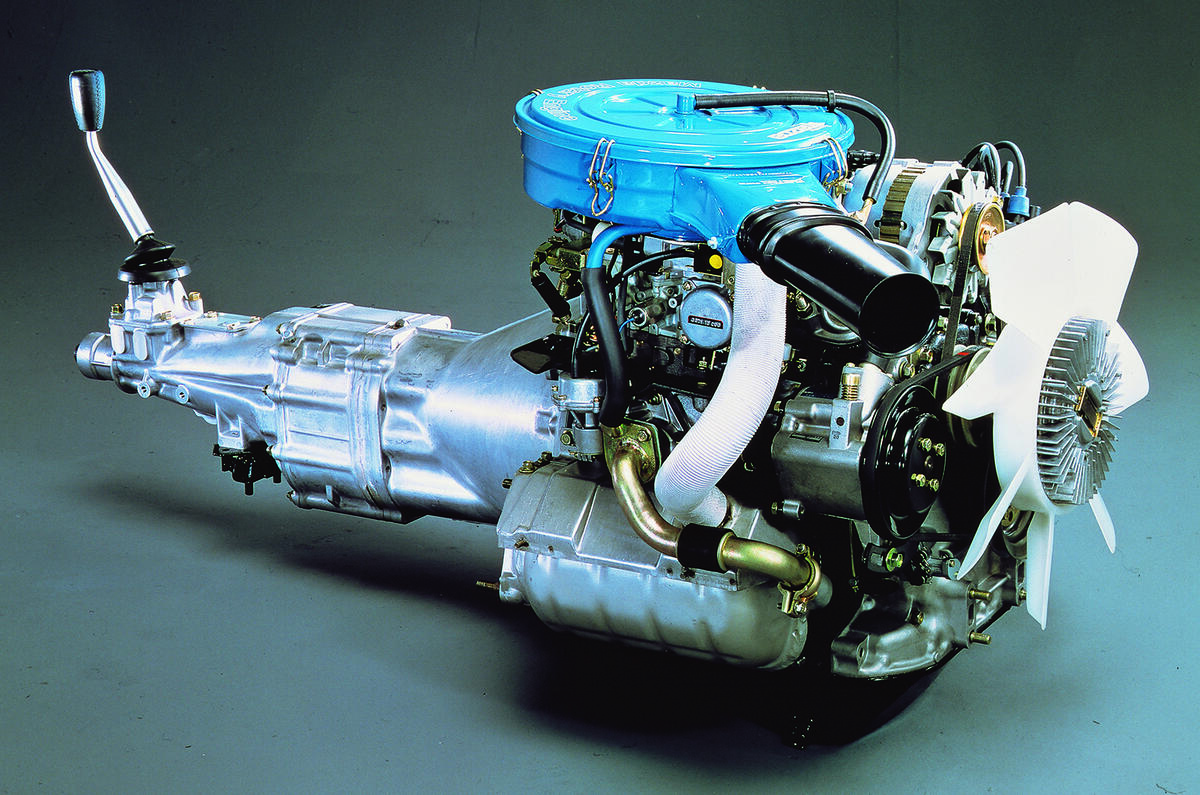
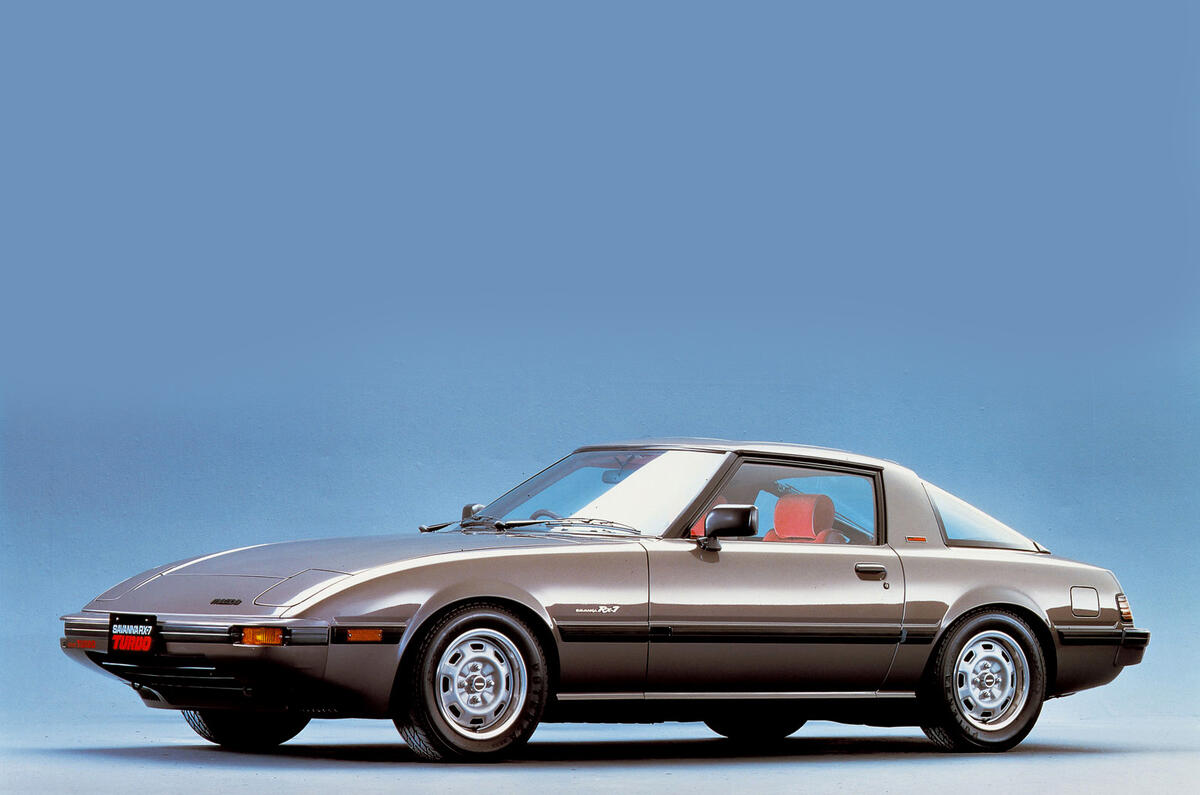
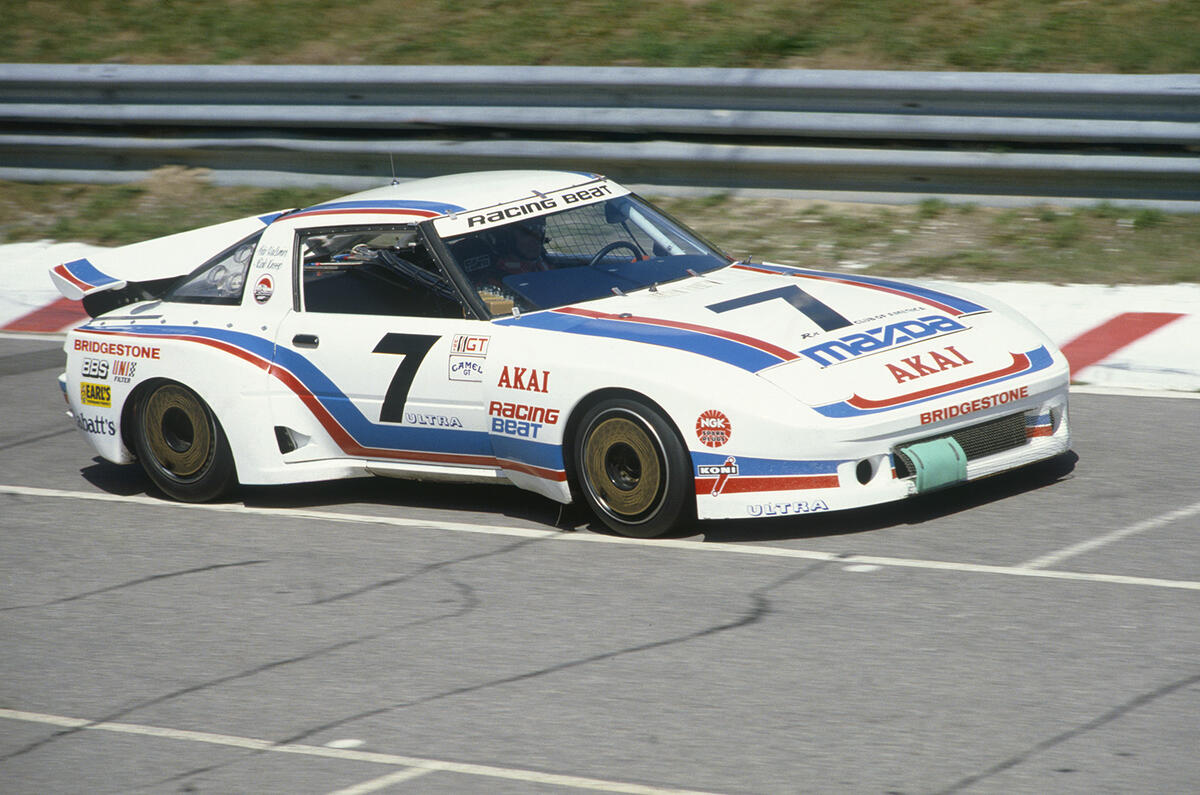

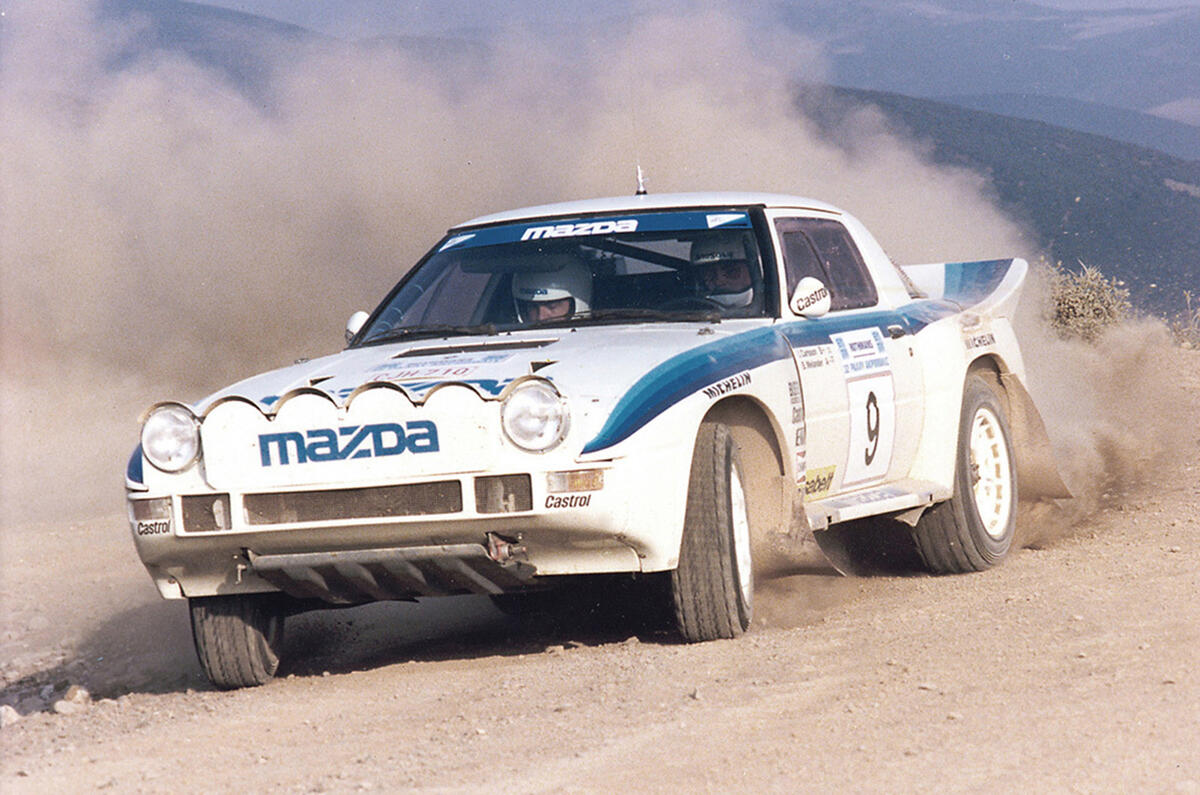
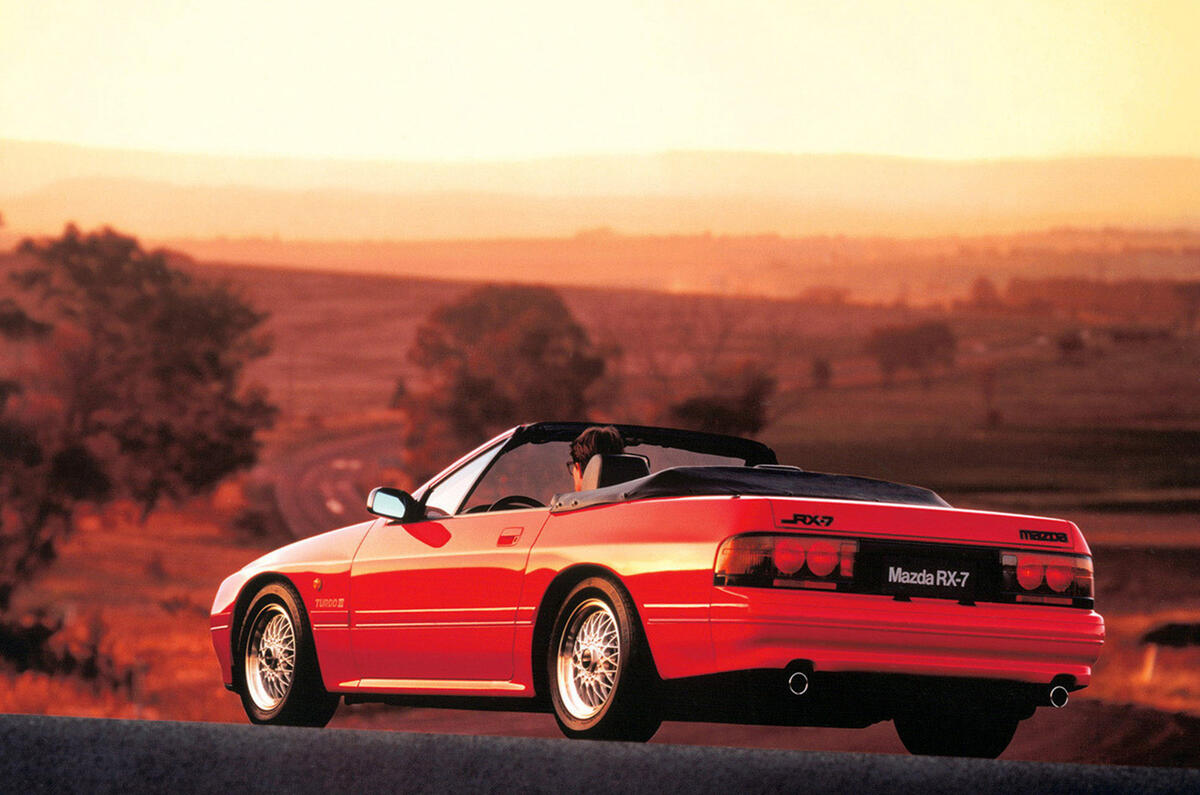
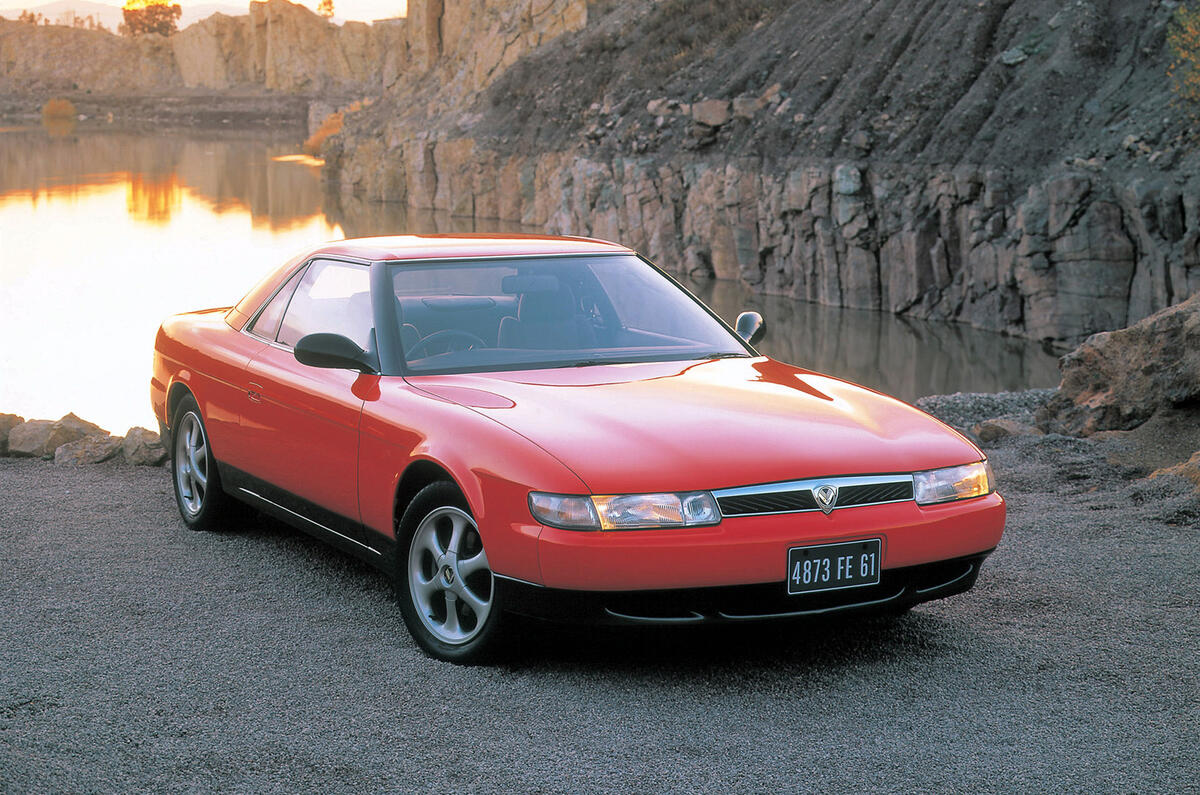
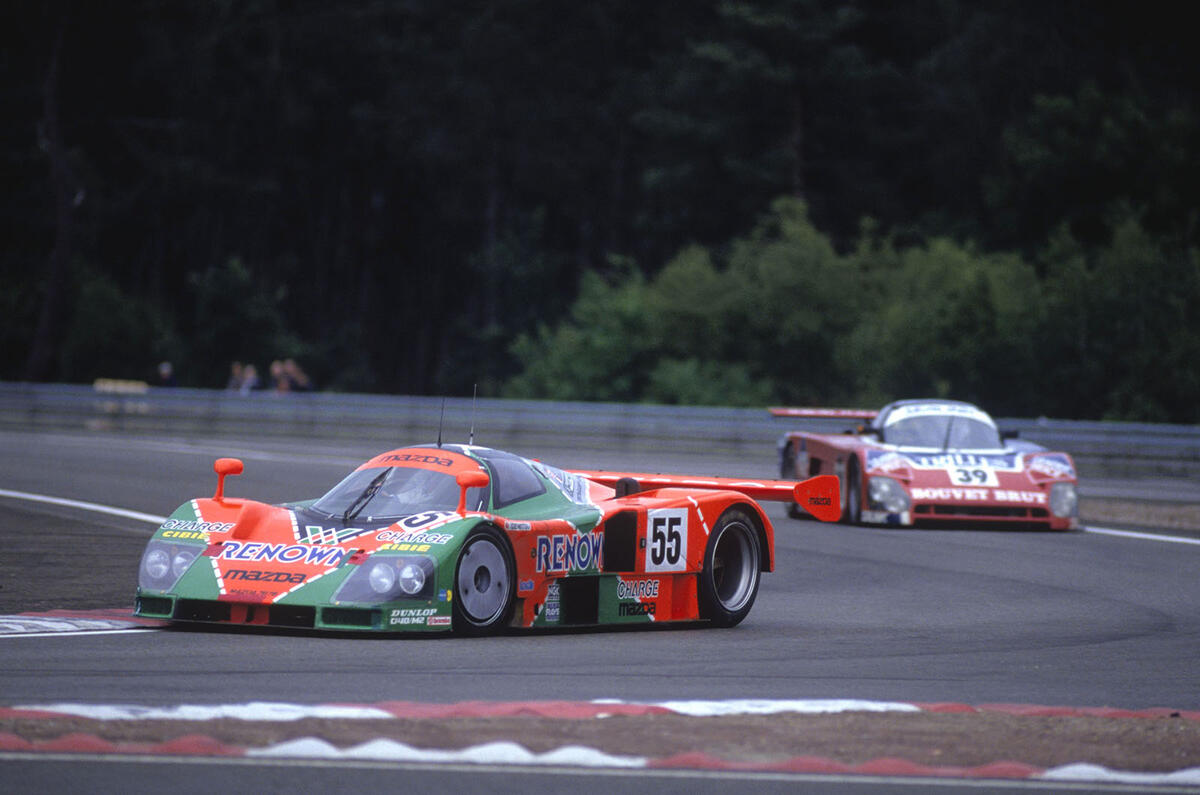
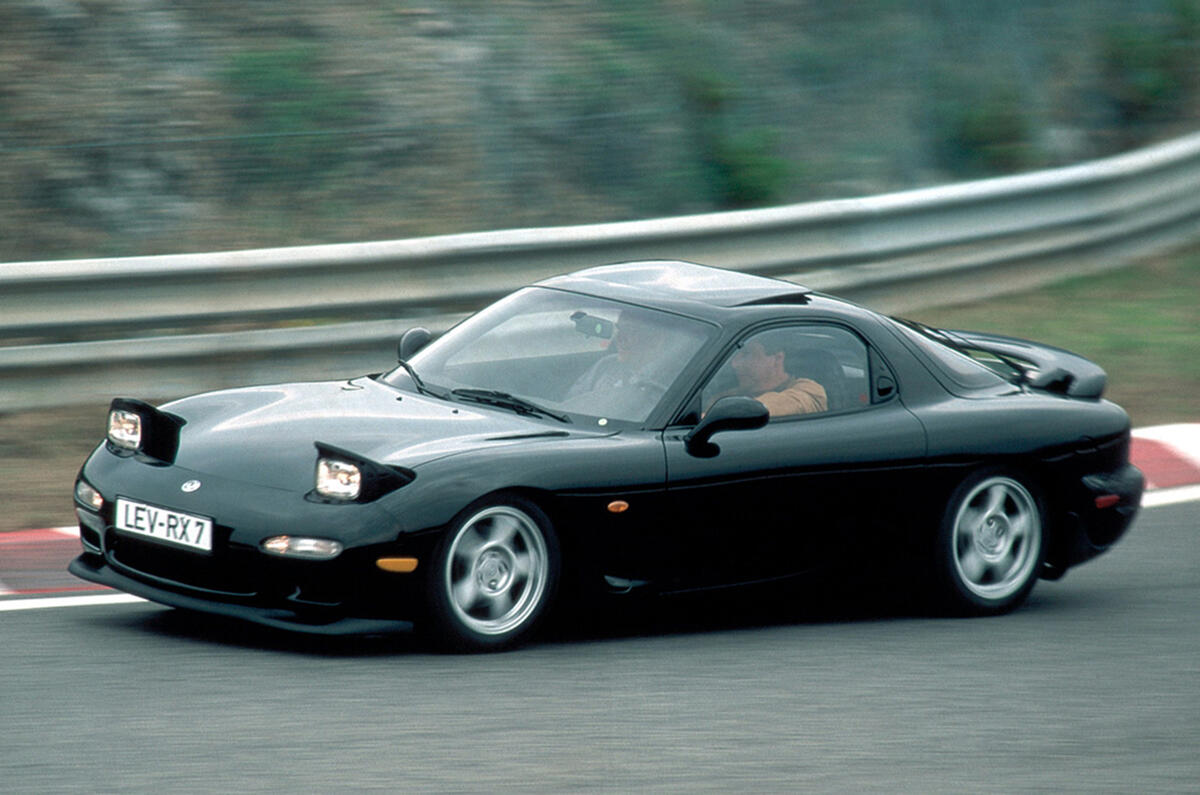
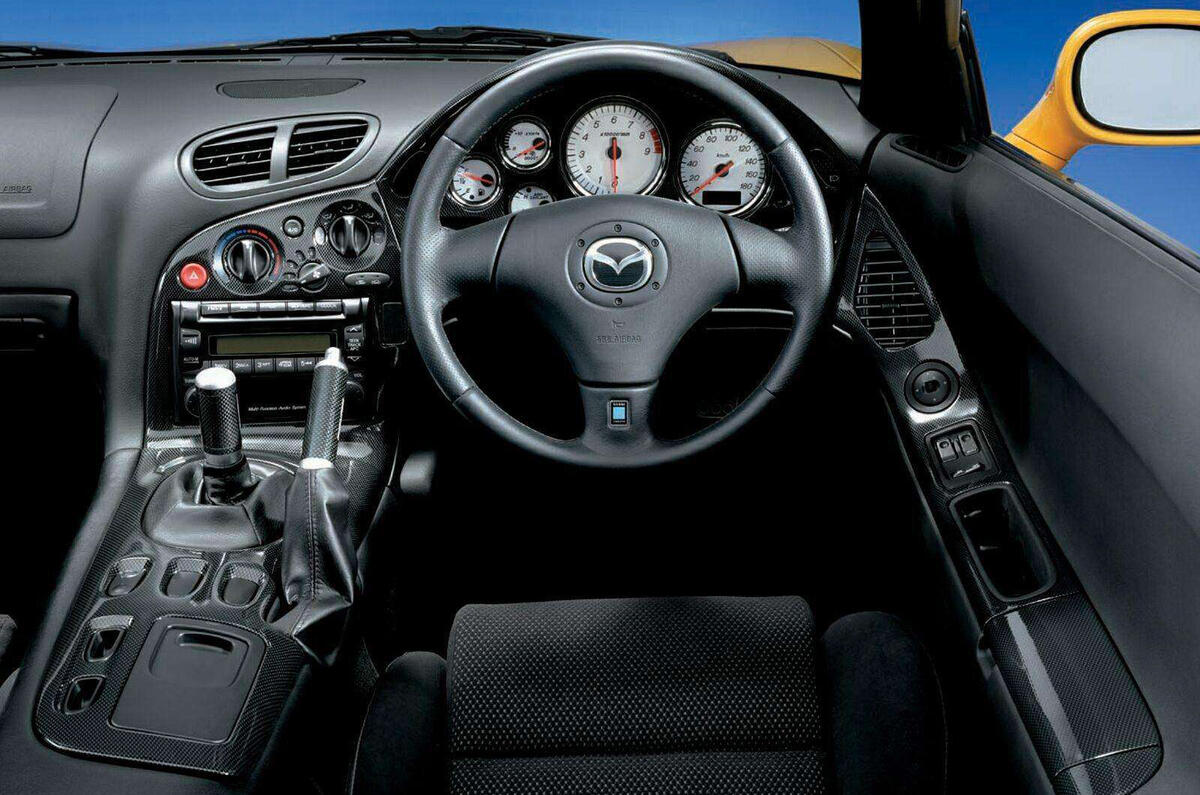
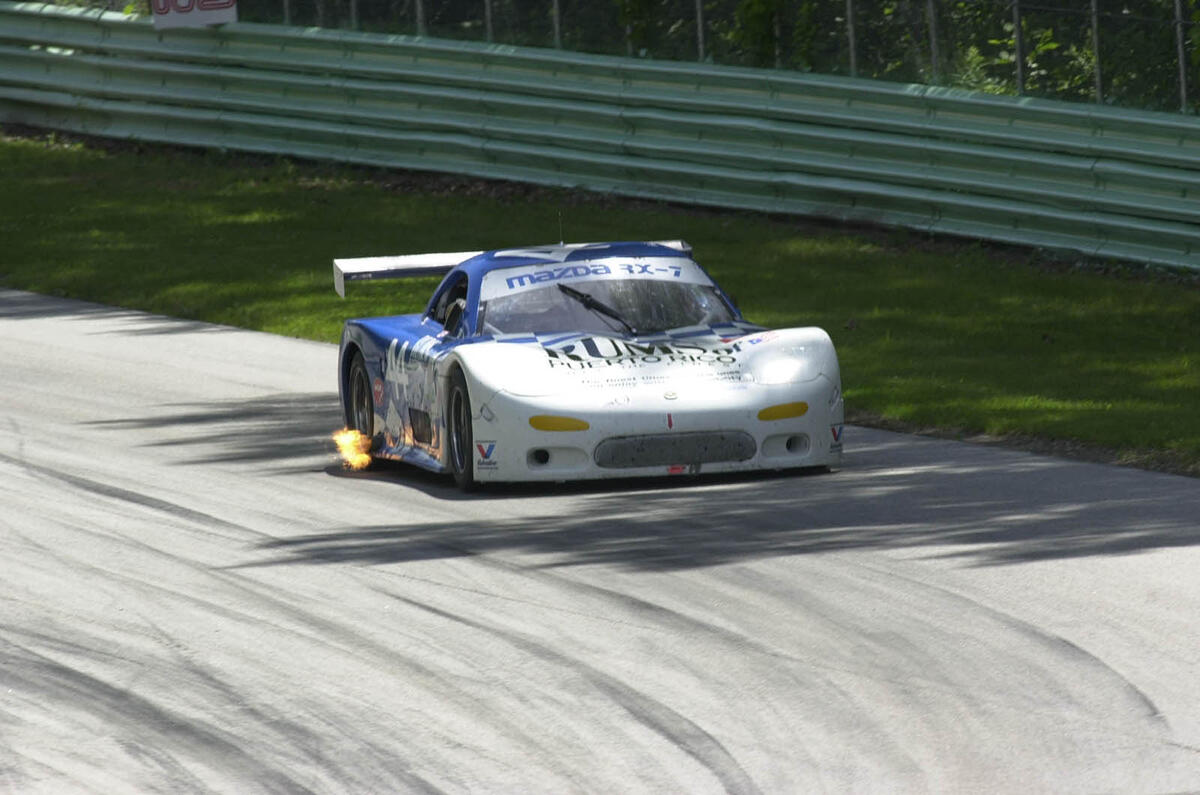
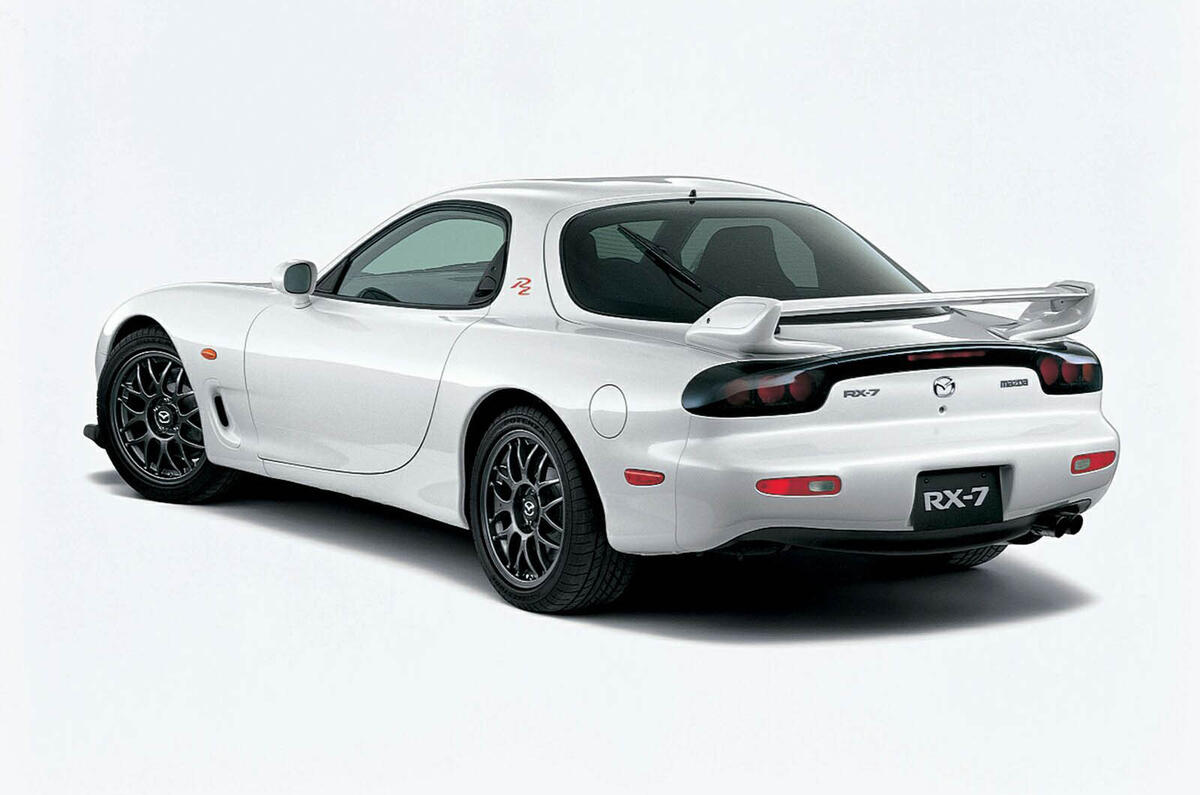

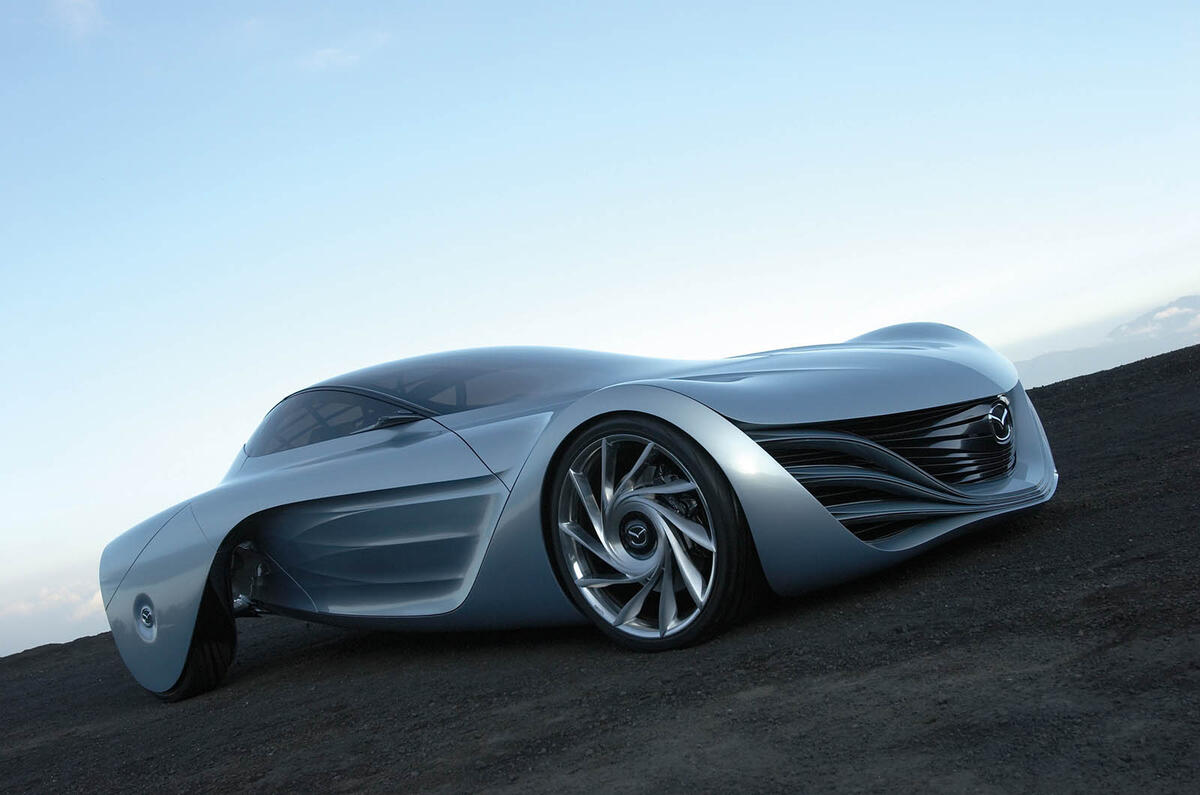

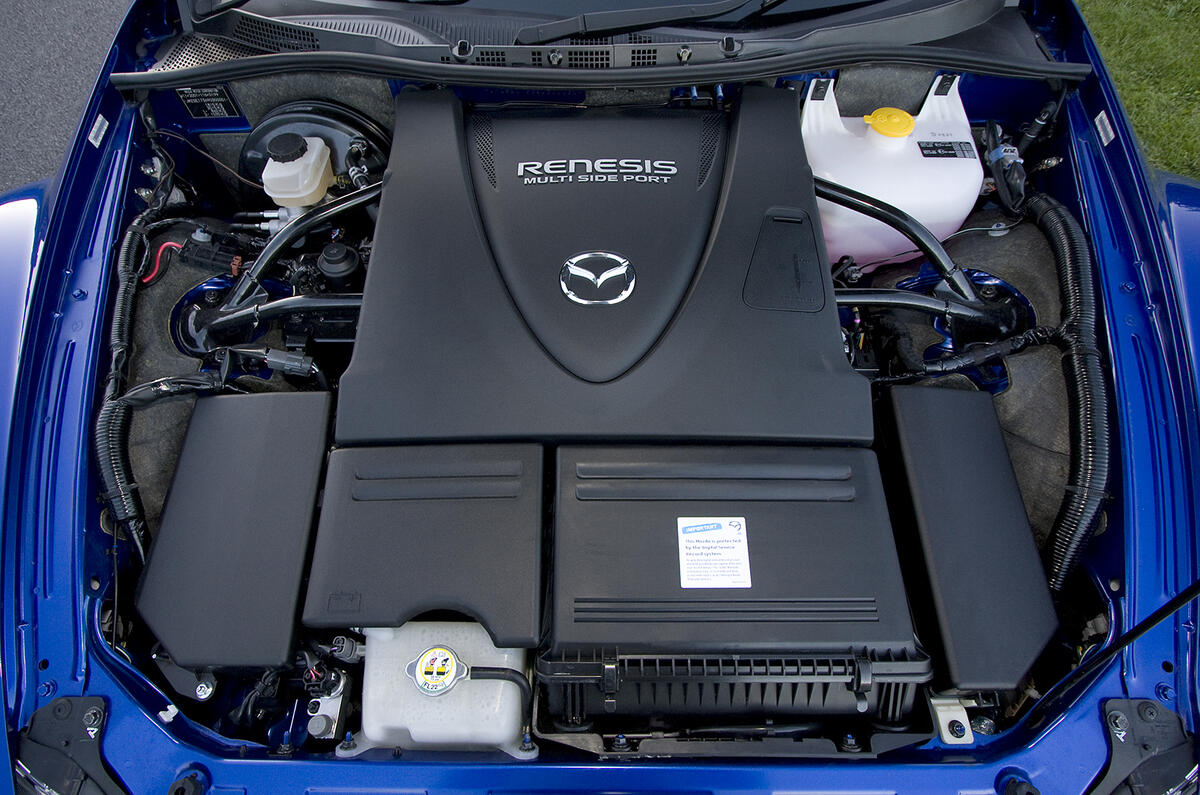
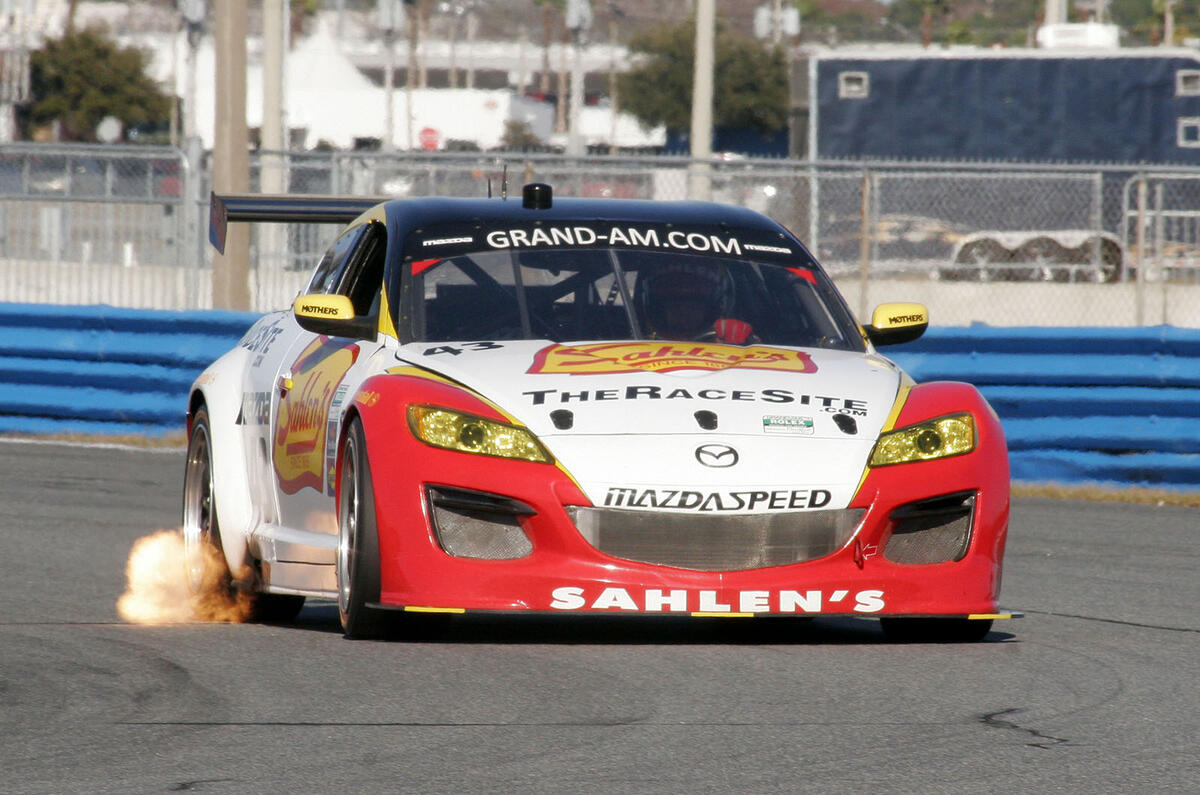
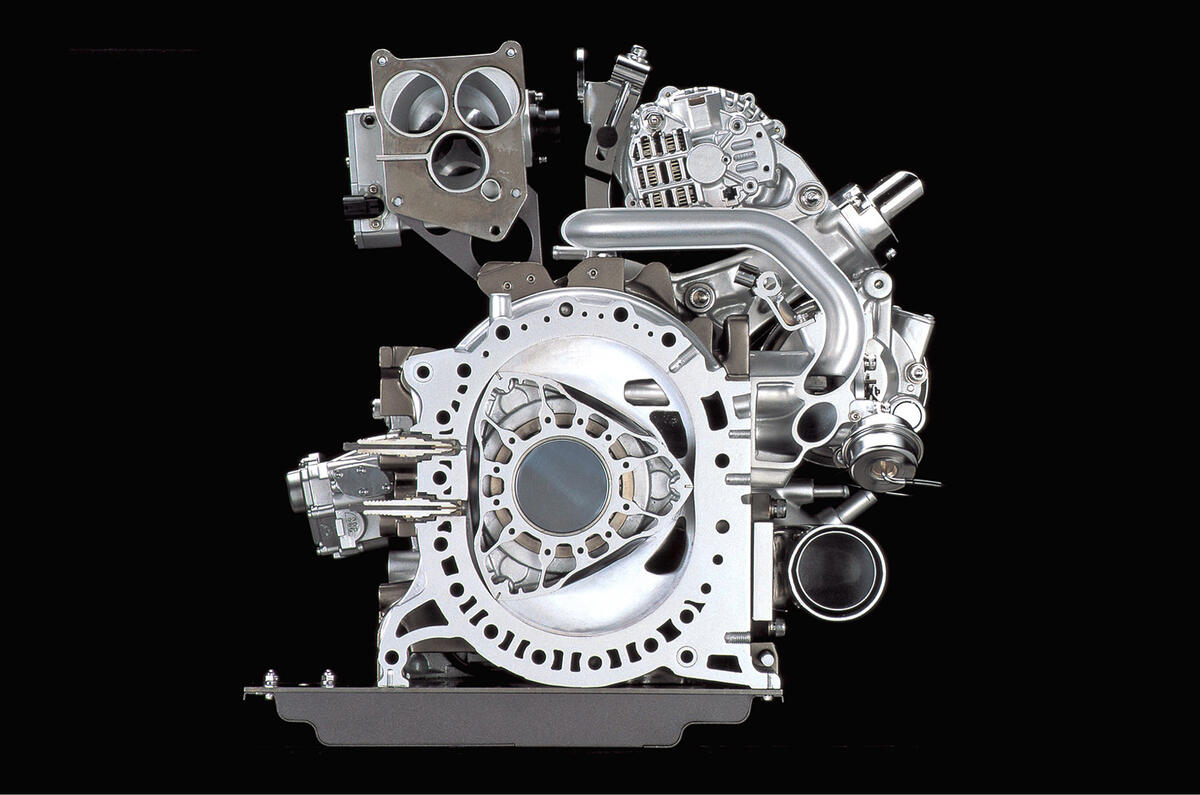
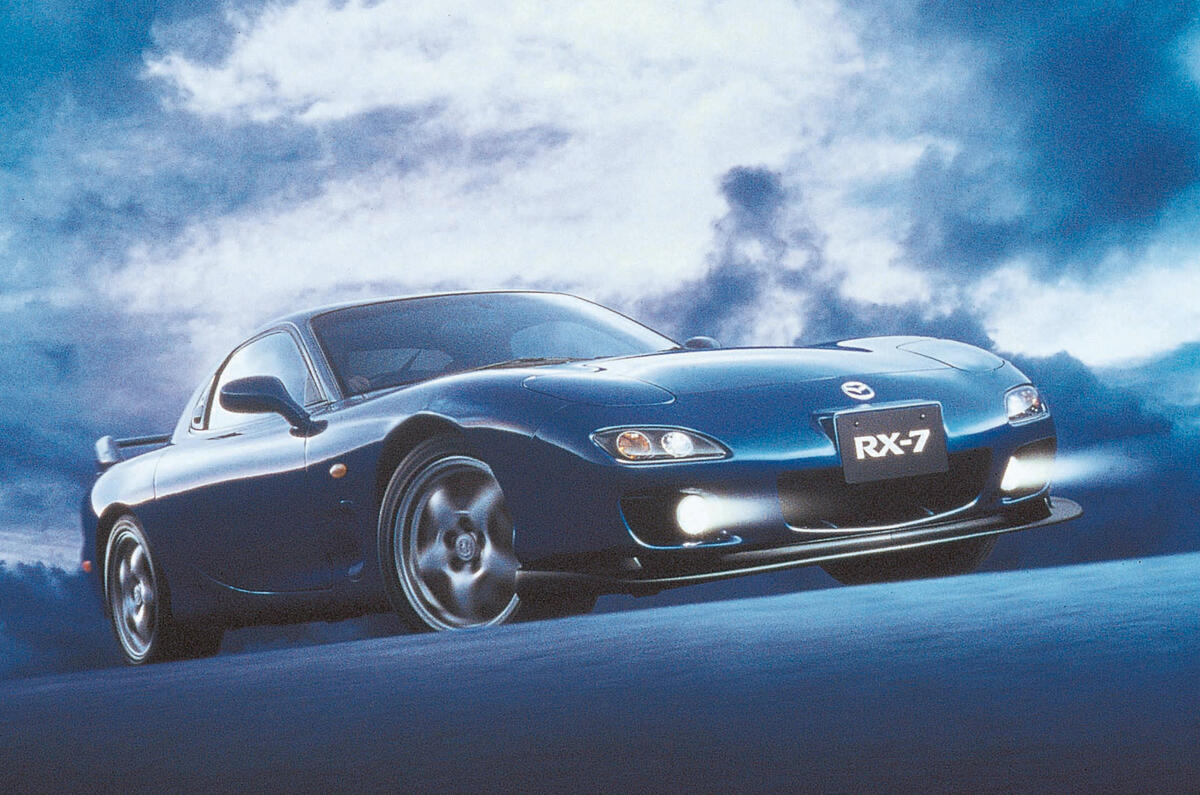
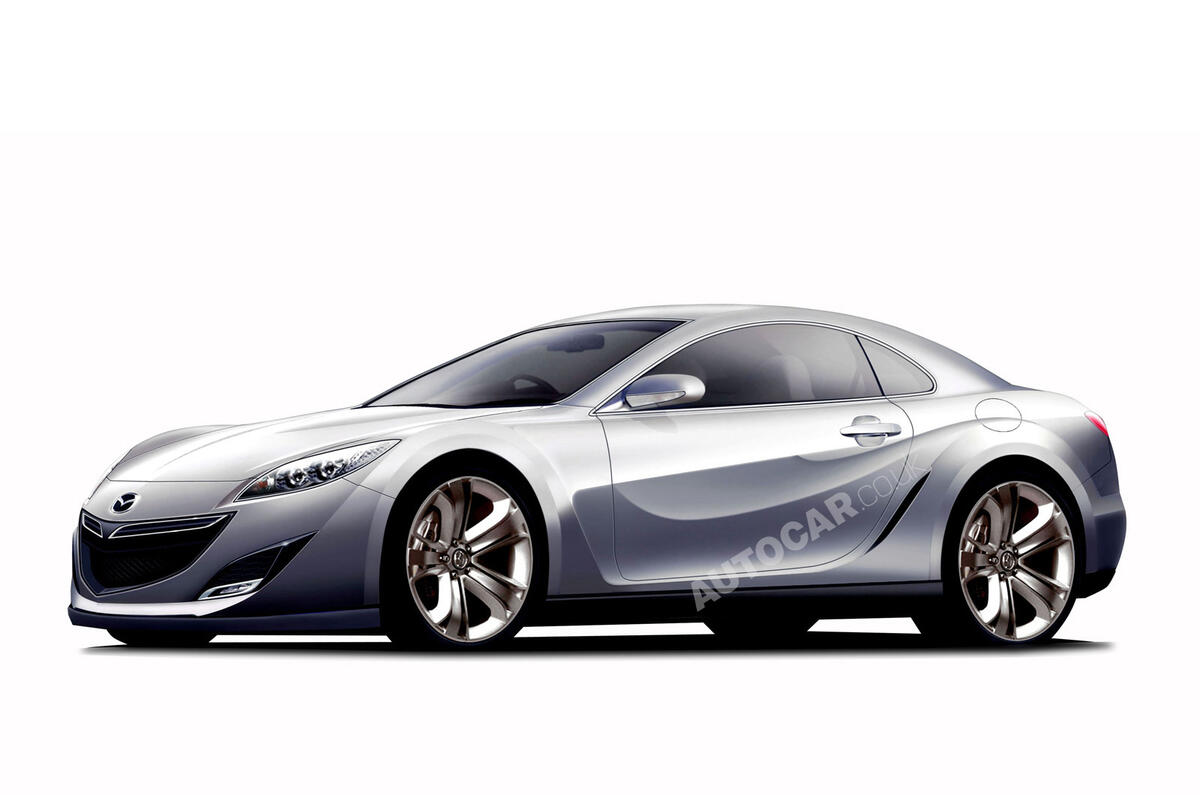
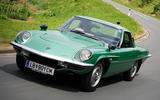
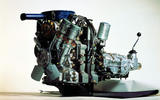
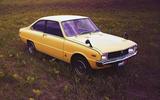
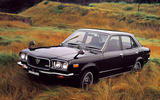
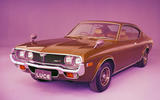

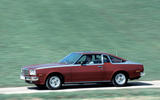
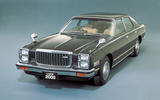
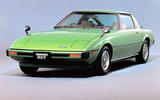

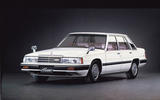
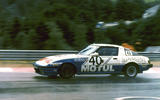


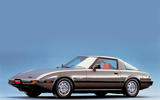
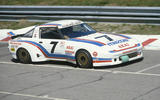
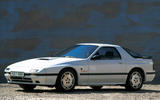
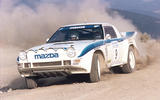

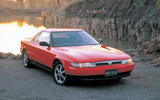
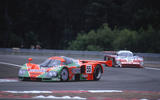
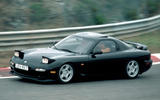

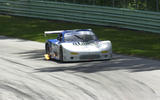
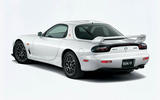
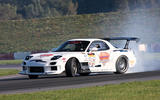
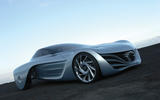

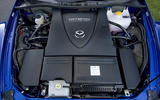
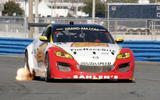


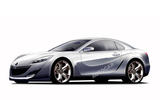



Join the debate
Add your comment
@Will86
I noticed the writer of this story failed to mention that in 1967 NSU also introduced a production rotary the NSU Ro80. The big difference it was a large aerodynamic ( cd 0.35) five passenger luxury car and capable of 112 mph.
It won European Car of the year award in 1968 but due to lack of funds from the financially stretched NSU company never received proper development.
Sadly fazed out within ten years due to a changing market and company buy outs.
I ran two of these and they were ahead of their time.
Hybrid RX-9?
A rotary petrol-electric hybrid might work. The rotary engine providing top-end power coupled with an electric motor for low-down torque. Hybrid tech would surely be needed to meet emissions regs.
Or build a Mazda version of Audi's A1 E-Tron. Use a small rotary engine as a range extender in an EV. Probably at odds with Mazda's SKYACTIV tech, though. Still a shame Audi didn't take this idea further themselves.
But using a rotary engine as a range extender (petrol generator) does make perfect sense. Intrinsically light, compact and free of vibration it's more suitable than using a reciprocating engine sourced from a car or bike. Mazda should leverage their expertise in building rotary engines to make range extender modules for use in EVs. Find a partner or partners and share the development costs. It keeps rotary engines alive, but perhaps not in the way sports car fans would have hoped!
Hybrid RX-9 ?
It would be sacrilege to use one in an eco friendly car.
Reliability
I've got to admire Mazda for their perseverance with the rotary engine, but in both emissions and reliability it still lags a long way behind convention piston engined cars. A quick scroll through Autotrader ads shows far too many RX8s in need of new engines with less than 100k on the clock and also how cheap they are to buy due to running costs. And to make it worse, I think the RX8 is a superb coupé but I would be too worried about the engine and resale to take the risk on one.